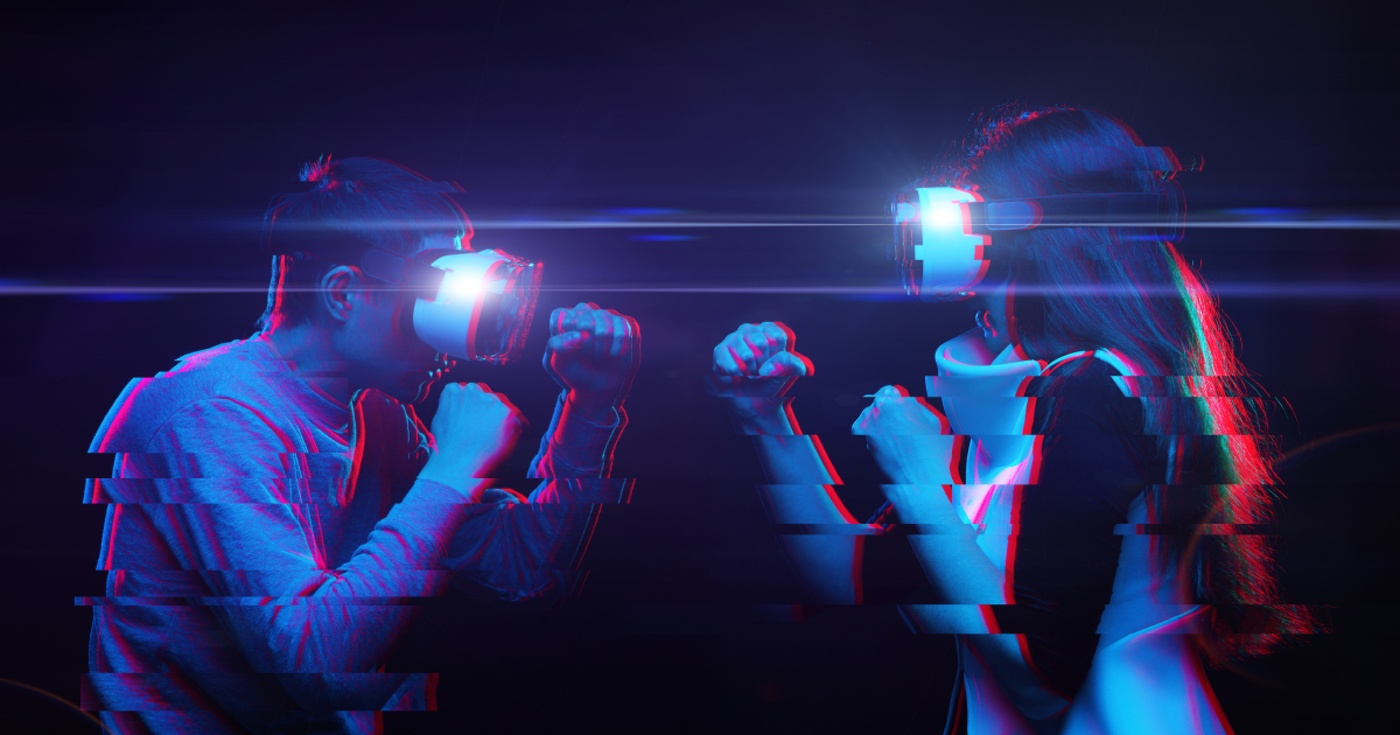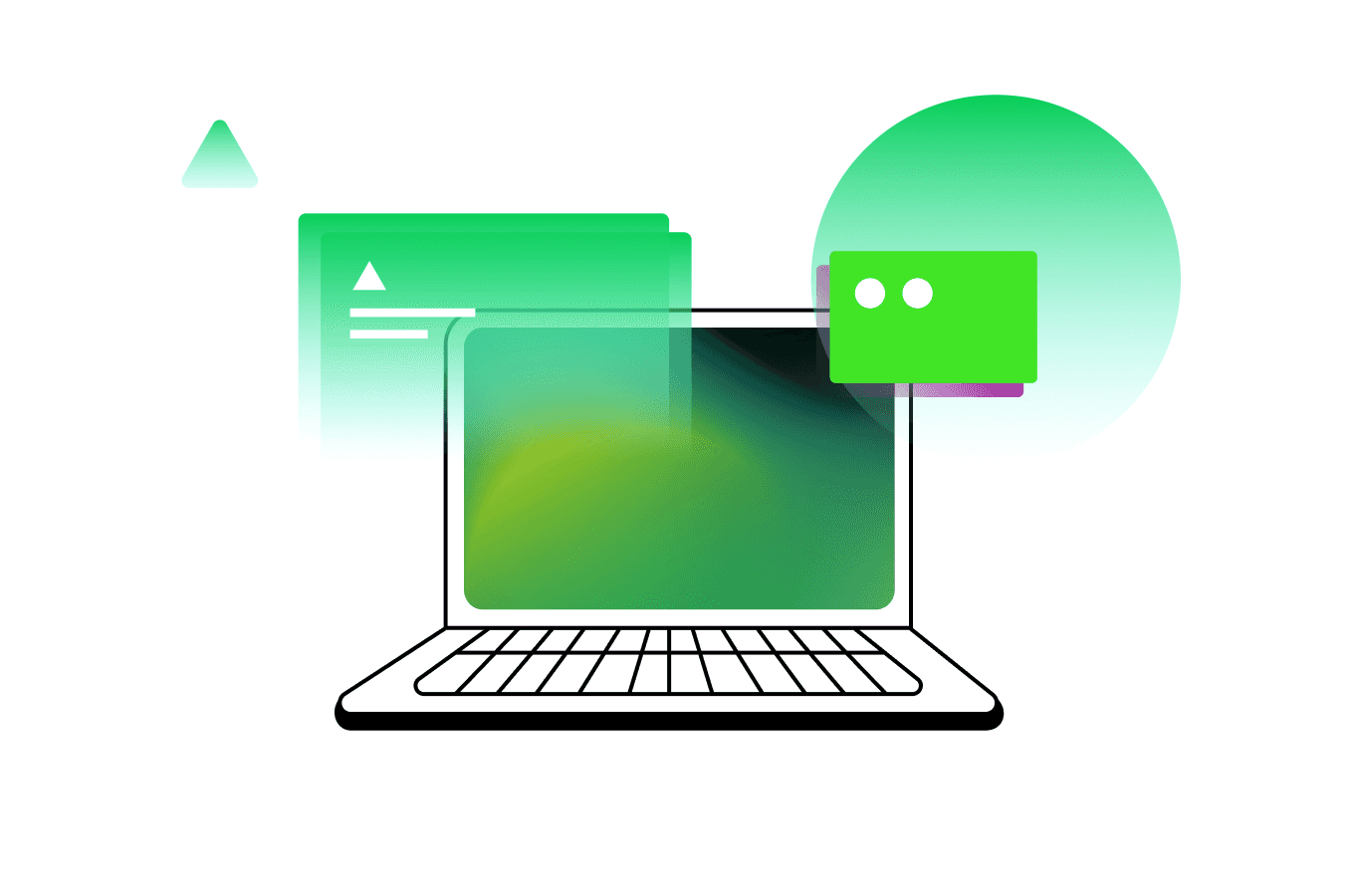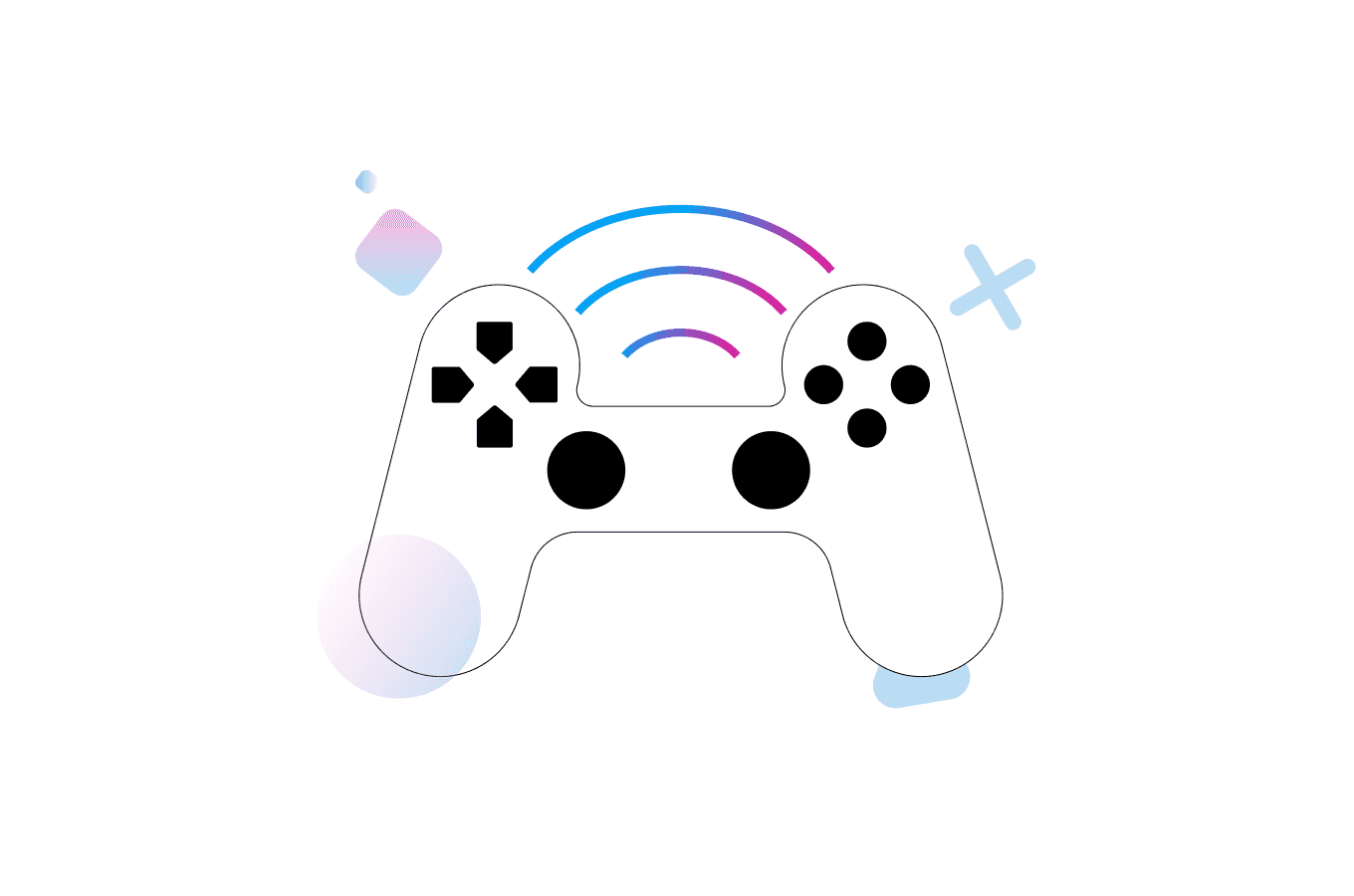What is Gamification and How It Can Help Your Business?
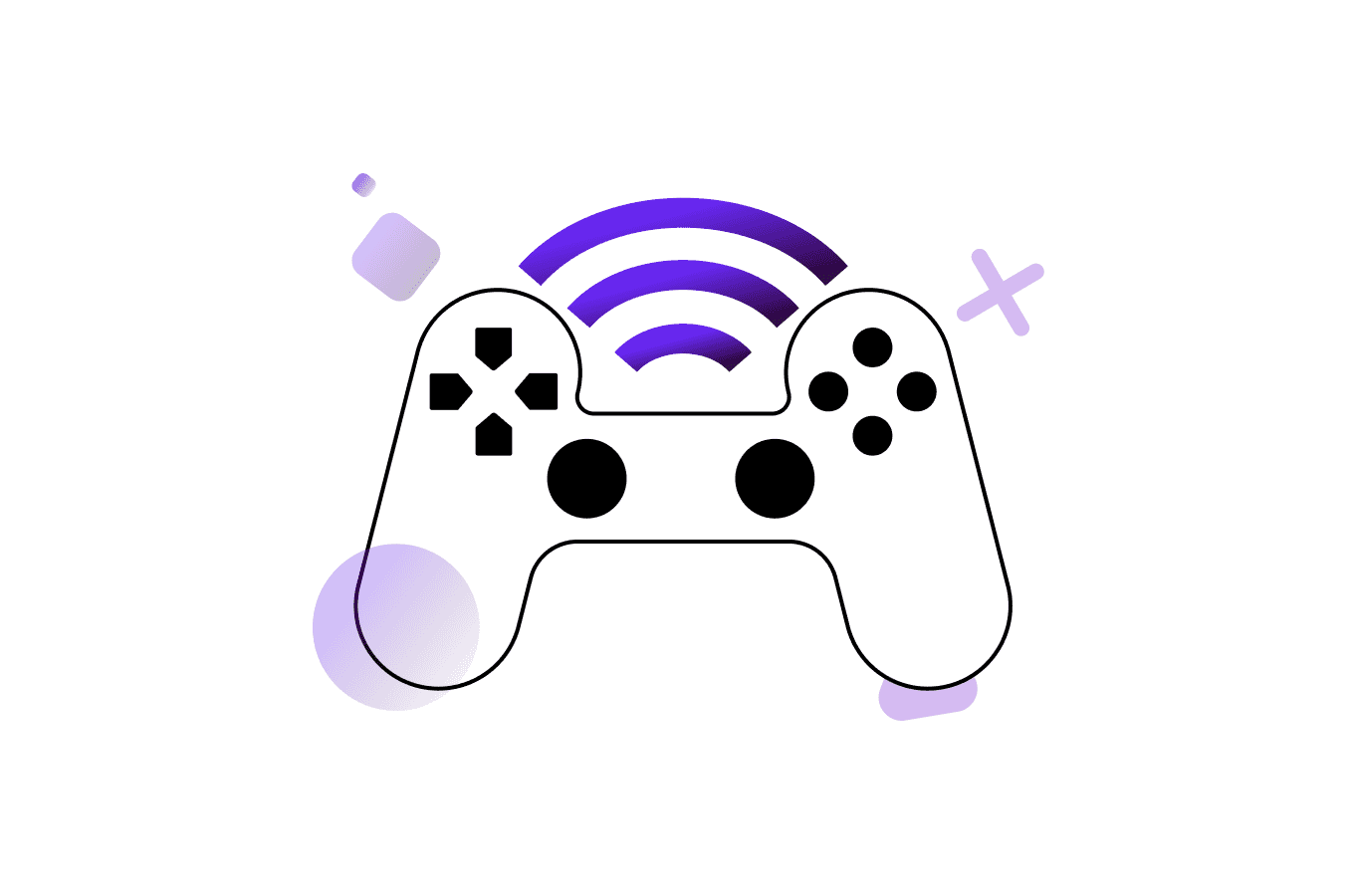
Playing video games is becoming an increasingly common way of spending free time. Playing video, mobile or XR games is not a hobby only for teenage boys but also for people from different age groups, genders, and places. In many respects, video games are a unique form of entertainment, considering their interactivity and player involvement in what is happening on the screen. Many companies saw their great potential and used gamification for educational and advertising purposes.
To understand this topic well, we need to consider the following:
What is gamification?
Gamification is sometimes confused with games created for marketing purposes. The most common definition is the incorporation of interactive elements and mechanics typically associated with video games into non-gaming products or services.
The purpose of such a procedure is to improve the experience of using such a product and to promote it in a way that is fun and pleasant for the recipient. But that's not all.
Gamification can also be used in business processes in order to increase the efficiency and motivation of employees. So why organize boring training sessions if You can prepare an interactive tutorial for new recruits?
Is gamification effective?
Gamification offers an experience similar to playing a video game and the emotions that accompany this process. Thanks to this feature, it is pervasive in the sector of learning (including e-learning) and training applications, where instead of memorizing long lists of words or sequences of activities, the user practices them by, for example, combining pictures with words.
Games meet the need for entertainment - and gamification makes fun and value come together. In addition, an engaging experience is more likely to be repeated instead of avoided.
How to use gamification in business?
The easiest way to encourage someone to do something is to make it fun - whether it's learning, motivating to exercise, or listening to an advertisement. Any activity can be gamified. In the era of smartphones, the easiest way to use the potential of gamification is to enrich Your own mobile application with video game elements.
This can be done in many ways, but selecting the proper techniques is utterly dependent on the application's intended purpose. Here are some of such methods:
Gamification techniques
Gamification means incorporating game elements into our app to make it more appealing to the audience.
Rewards
One of the most basic gamification techniques. Rewarding users is a simple way to make them feel satisfied for overcoming a challenge. Such rewards may be:
Virtual badges
Special rewards for extraordinary achievements. They are simple yet effective.
Points
A logical unit of progress and the remaining distance to the goal. Collecting points can motivate people to take more action.
A small discount on your company's product
The best possible incentive to use the app. It can attract more potential customers.
There are many possibilities, but you need to remember that the reward has to be adequate to the challenge - too low a reward for overcoming an enormous difficulty may discourage the user!
Leaderboards
Ranking introduces an element of competition that motivates to spend more time on the application regularly. In addition, it is worth introducing a system of team rankings and leagues depending on the place in the ranking, as well as the points scored - thanks to this, the user not only competes but also cooperates with others to achieve a common goal.
Special items
In addition to the rewards for overcoming challenges, it is also worth introducing special items. They give meaning to the points you earn and turn them into more than just numbers in the ranking. The user will be much more inclined to use a gamified application if his goal is to collect points for a new, exceptional level, freeze the reward for daily use of the application, or - in the case of sales applications - get a discount on purchases. Do you know Duolingo app? It's a great example of a learning platform with such gaming elements.
Progress tracking
Competing with others is not enough. Sometimes it is not rivalry that motivates us, but overcoming ourselves. Tracking your own progress in the form of, for example, a graph allows you to measure your development effortlessly and thus motivates you to keep going on. It's much harder to stop using an app if we see your daily login reward disappear.
Goals
Setting goals and overcoming challenges are crucial parts of video games. Without specific tasks to complete, the player quickly gets bored and looks for something else to do. By giving him a clear goal, we can keep his attention and encourage him to fulfill the goal of gamification - everyday language learning, more effective work, or more frequent purchases in our store.
Division into stages
It is another simple way for the player to feel that they are making progress. Thanks to division into stages, you can easily balance the difficulty level, break down the schedule of activities, and divide them into categories. The division into stages also allows the user to set their own goals, i.e. to reach a specific category of activities or to beat one stage a day.
Benefits of gamification
As you can see, gamification is a powerful business tool. It can be used for effective marketing, training, or customer communication. So no matter if your company plans to release its own application or is looking for a new method of promotion, gamification is an ideal measure that offers many benefits to both your company and your customers.
Can gamification help small businesses? It's definitely possible; it can be simply adapted to any kind of organization. There's a common misconception that the gamification system is reserved only for big corporations. Gamification feels rewarding and can motivate participants regardless of the size of a company.
Why Should You Think About Gamification Strategy in Your Workplace?
You should be aware of several benefits if you are still unsure if implementing gamification programs can be useful in your industry.
Increased Level of Engagement
Scientists performed many tests that proved that gamification programs work well in school and corporate environments. Studies showed that the game-like mechanics helped significantly raise productivity in every group that was a part of conducted tests.
A system where people can earn points and win creative rewards positively affects employee engagement.
Better Alignment
Gamification in the workplace can motivate people to perform preferred actions. It will align employees' behaviors with the goals of your company. With the objective of the business and employees aligned, the work performance is much better.
Fighting Boredom
Even when working on a wonderful project with a great team, a little bit of boredom may sneak in. Bored people don't make the best employees, so it is vital to find a solution before this problem occurs on a larger scale.
Gamification strategies can be the perfect tool to bring some fun into dull and repetitive tasks. Game mechanics work very well in such situations, and small business owners are satisfied with the results. What's more, many co-workers say that a little bit of competition can have a motivating effect.
Gamification Strategy Attracts Young Employees
Every year more and more young employees join the work market. They not only want to make money, but they also want to have fun while making it. Young professionals have a natural affinity for technology; many of them grew up playing games, meaning that for this group, the gamification strategy may have the best results.
While designing your own gamification strategy, do not forget that young people prefer interactive visual content and apps with good UX. These aspects might be as important as adequate rewards.
Gamification Decreases Stress
Every day at work can be stressful when there is bad management, co-workers do not treat each other well, or the general atmosphere is not very motivating. You should always look for problems at basic levels first, but we all live in a generally stressful world where stress is hard to avoid. Gamification can help to lower negative emotions throughout the day.
A study shows that gamification can even improve mental health. How? When employee engagement is improved, they stay motivated, and the little "wins" boost their mood. It is easier to see real progress this way, and rewards are also a good bonus.
Additional Tips for Successful Gamification in the Workplace
Do Not Reward Only One Person
It might be tempting to reward only the top performer, but it is not a good idea in the long run. Why? If only one person can win, all the others may feel discouraged.
Small businesses are often all about teamwork, so try to think about rewarding good teamwork and all participants, not only one person. Your goal is to increase engagement, not to create a further drop.
Small Rewards Are Still Rewards
Big rewards are very attractive but usually also very expensive. You may have a problem funding those prizes in the long term, especially when the team grows. Gamification is meant to improve employee engagement, not to mindlessly grind to get the prize.
The same applies to apps made for clients and people outside the company. Let us take Duolingo, for example. It does not offer small, flashy rewards but instead gives away points and badges to gain customer loyalty. Users engaged in collecting even small rewards are more likely to stay with an app.
When Should You Consider Material Rewards?
Material rewards may work well when your team is small or average in size, and your company budget can cover those rewards without a problem. However, it can be very problematic when running a digital platform or app where thousands or millions of new people join in every day.
My Nintendo allows users to collect points and exchange them for small rewards - they only need to cover the cost of shipping. This idea is interesting but also expensive for a small business to copy. Storing physical goods needs space and additional staff, which requires money.
How to Adapt Game Mechanics to Your Workplace?
In conclusion, gamification is a powerful tool that might be used and easily adapted to many fields. Borrowing a lot from game mechanics can improve marketing efforts in your new game or app and replace an old loyalty program. Gamification design is also elastic, so it can be easily adapted to motivate employees inside a small business.
What would you like to achieve. Our experts will answer on your all questions.
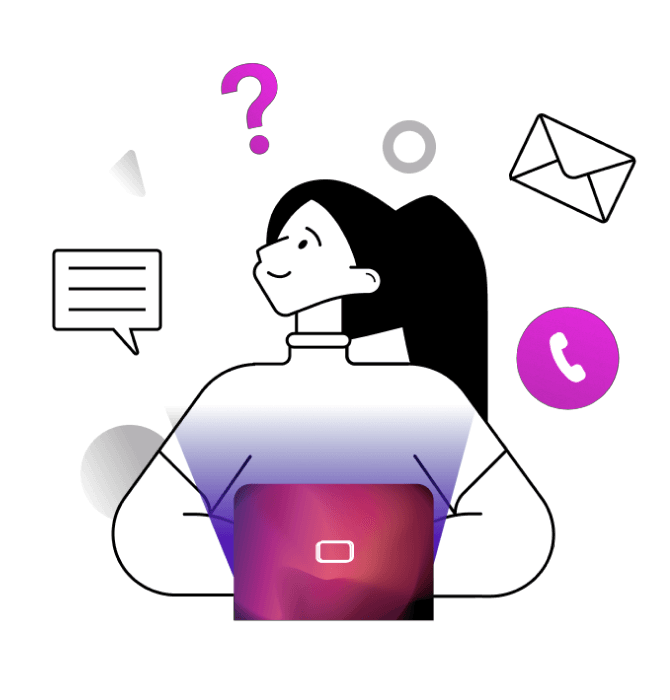
Do you like the article? Join our newsletter for more content about games, technology and development! Just enter your email below and we'll take care of the rest.









